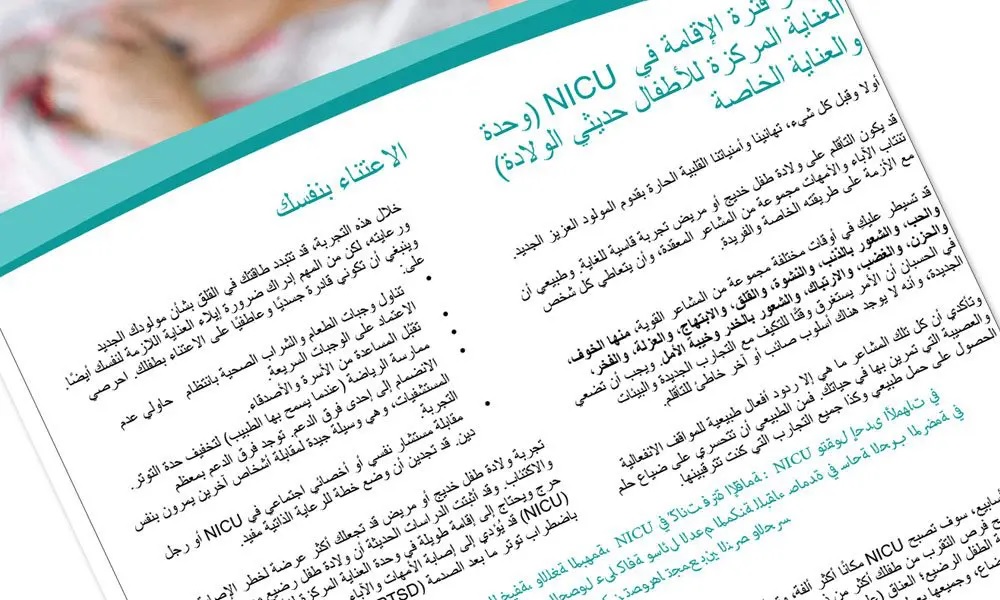Print Perfection: Typesetting Services for High-Quality Publications

In today’s digital age, the demand for high-quality print publications remains as strong as ever. Whether it’s a beautifully designed magazine, a professionally crafted book, or an eye-catching brochure, the art of typesetting plays a pivotal role in ensuring that these printed materials captivate their audience. In this article, we will explore the world of typesetting services and how they contribute to achieving print perfection.
Table of Contents
- Introduction: The Importance of Typesetting
- Understanding Typesetting: A Closer Look
- 2.1 The Basics of Typesetting
- 2.2 The Role of Typography
- Typesetting Tools and Software
- 3.1 Traditional Typesetting vs. Digital Typesetting
- 3.2 Popular Typesetting Software
- Typesetting Process: From Manuscript to Masterpiece
- 4.1 Preparing the Manuscript
- 4.2 Layout and Design
- 4.3 Typography and Font Selection
- 4.4 Proofreading and Quality Control
- Enhancing Readability and Aesthetics
- 5.1 Line Length and Spacing
- 5.2 Kerning and Tracking
- 5.3 Choosing the Right Fonts
- Customizing Typesetting for Different Publications
- 6.1 Books and Novels
- 6.2 Magazines and Periodicals
- 6.3 Brochures and Pamphlets
- The Role of Typesetting in Branding
- Why Professional Typesetting Matters
- Typesetting and Digital Printing
- Finding the Right Typesetting Service
- Cost Considerations
- Customer Testimonials: Real-Life Success Stories
- The Future of Typesetting: Trends and Innovations
- Conclusion: Elevating Your Print Publications
- FAQs: Your Burning Questions Answered
Introduction: The Importance of Typesetting
Typesetting is the art of arranging text and images on a page to create visually appealing and easy-to-read printed materials. It’s a crucial step in the production of books, magazines, brochures, and other publications. Effective typesetting can elevate a piece of content, making it more engaging and memorable.
Understanding Typesetting: A Closer Look
2.1 The Basics of Typesetting
At its core, typesetting involves selecting the right fonts, adjusting spacing, and arranging elements to ensure readability and aesthetics. It’s about finding the perfect balance between form and function.
2.2 The Role of Typography
Typography, the art of arranging and designing type, is at the heart of typesetting. The choice of fonts, font sizes, and spacing can convey the mood, tone, and professionalism of a publication.
Typesetting Tools and Software
3.1 Traditional Typesetting vs. Digital Typesetting
Explore the evolution of typesetting from traditional methods to modern digital tools. Learn about the advantages and disadvantages of each approach.
3.2 Popular Typesetting Software
Discover the software used by professional typesetters to create stunning layouts. From Adobe InDesign to QuarkXPress, we’ll cover the industry’s leading tools.
Typesetting Process: From Manuscript to Masterpiece
4.1 Preparing the Manuscript
Before typesetting begins, a well-prepared manuscript is essential. Find out what authors and publishers can do to streamline the process.
4.2 Layout and Design
Learn how layout and design choices impact the overall look and feel of a publication. Explore concepts like grids, margins, and white space.
4.3 Typography and Font Selection
Dive deep into the world of fonts and typography. Discover how to select fonts that align with the publication’s goals and audience.
4.4 Proofreading and Quality Control
Explore the importance of meticulous proofreading and quality control in the typesetting process. A single typo can undermine the credibility of a publication.
Enhancing Readability and Aesthetics
5.1 Line Length and Spacing
Discover the science behind line length and spacing in typesetting. Optimal choices can greatly enhance readability.
5.2 Kerning and Tracking
Uncover the nuances of kerning and tracking, two essential aspects of typography that can make or break the visual appeal of a publication.
5.3 Choosing the Right Fonts
Find out how to select fonts that align with the publication’s goals and audience. Typeface selection is a critical part of the typesetting process.
Customizing Typesetting for Different Publications
6.1 Books and Novels
Learn how typesetting differs for books and novels compared to other publications. The goal is to create an immersive reading experience.
6.2 Magazines and Periodicals
Discover the unique challenges and opportunities in typesetting for magazines and periodicals. It’s all about grabbing readers’ attention.
6.3 Brochures and Pamphlets
Explore how typesetting techniques can be tailored to create impactful brochures and pamphlets for marketing and promotion.
The Role of Typesetting in Branding
Discover how typesetting plays a pivotal role in establishing and reinforcing a brand’s identity. Consistency in typography is key.
Why Professional Typesetting Matters
Learn why investing in professional typesetting services is a wise choice. It’s not just about aesthetics; it’s about the reader’s experience.
Typesetting and Digital Printing
Explore how typesetting integrates with modern digital printing technologies. Discover the benefits of digital printing for short-run publications.
Finding the Right Typesetting Service
Get tips on how to choose the right typesetting service for your specific needs. Factors like expertise, turnaround time, and cost should be considered.
Cost Considerations
Understand the pricing structures of typesetting services. Learn how to budget for typesetting while ensuring the quality of your publication.
Customer Testimonials: Real-Life Success Stories
Read real-life success stories from authors, publishers, and businesses that have benefitted from professional typesetting services.
The Future of Typesetting: Trends and Innovations
Explore emerging trends and innovations in the field of typesetting. Stay ahead of the curve with insights into what the future holds.
Conclusion: Elevating Your Print Publications
In conclusion, typesetting is the unsung hero of high-quality print publications. Its influence on readability and aesthetics cannot be overstated. To achieve print perfection, invest in professional typesetting services that bring your vision to life.
FAQs: Your Burning Questions Answere
In the world of print publications, typesetting is the key to creating a lasting impressionand ensuring that your content stands out. Whether you’re an author looking to publish your latest masterpiece, a magazine editor striving for visual excellence, or a business owner aiming to leave a mark with your promotional materials, typesetting services can make all the difference.
1. What is typesetting, and why is it important for print publications?
Typesetting is the process of arranging text and images on a page in a visually appealing and readable manner. It involves selecting the right fonts, adjusting spacing, and ensuring that the layout complements the content. Typesetting is crucial for print publications because it directly impacts how readers perceive and engage with the material. A well-typeset publication is not only aesthetically pleasing but also easier to read, which enhances comprehension and retention.
2. How do I choose the right font for my publication?
Choosing the right font is a critical decision in typesetting. The font you select should align with the purpose and audience of your publication. For formal documents, serif fonts like Times New Roman convey professionalism, while sans-serif fonts like Arial are more modern and clean. Additionally, consider factors such as readability, legibility, and the mood you want to convey. Experiment with different fonts and consult with a typesetting professional if needed to make an informed choice.
3. Can I do typesetting myself, or should I hire a professional service?
While some basic typesetting can be done using desktop publishing software, achieving professional-level typesetting requires expertise and an eye for design. Hiring a professional typesetting service ensures that your publication receives the attention to detail it deserves. Professionals have the knowledge and tools to handle complex layouts, typography nuances, and quality control, resulting in a polished final product.
4. What are the key differences between traditional and digital typesetting?
Traditional typesetting involves manual processes like setting metal type or arranging physical components on a page. In contrast, digital typesetting uses computer software to create layouts. Digital typesetting offers more flexibility, speed, and precision compared to traditional methods. However, both approaches can produce high-quality results, and the choice between them depends on the specific requirements of your project.
5. How can typesetting enhance the branding of my business?
Consistency in typography and design elements across your marketing materials plays a significant role in branding. Professional typesetting ensures that your brand’s identity is conveyed consistently in print publications, reinforcing brand recognition and trust among your audience. It also helps your materials stand out and leave a lasting impression, contributing to a strong and memorable brand presence.
In conclusion, typesetting is the invisible art that makes printed content visually appealing, readable, and impactful. Whether you’re creating a book, magazine, brochure, or any other print publication, investing in professional typesetting services is a wise choice. It’s the secret ingredient that turns good content into exceptional print perfection.





